Couscous and quinoa. Two words that are fun to say, and two foods that are delicious to eat.
The first time I bought a box of quinoa from the grocery store, I stared at it, wondering how to pronounce it.
A quick Goole search helped me learn that quinoa is pronounced as “KEEN-wah.”
Couscous, on the other hand, is a lot easier to pronounce: “KOOS-koos.”
When it comes to exploring healthy, grain-like foods, quinoa and couscous are staple foods in many diets, including my own.
Both couscous and quinoa are incredibly versatile ingredients. They’re each capable of adapting to a wide range of culinary styles—from hearty stews and healthy salads to creative desserts and breakfast dishes.
Couscous and quinoa also blend seamlessly with various flavors and ingredients to elevate any meal.
But they differ significantly in origin, nutritional value, and how they’re used in cooking.
In today’s post, I’m delving into the key differences between couscous and quinoa so you can use both as an expert home chef.
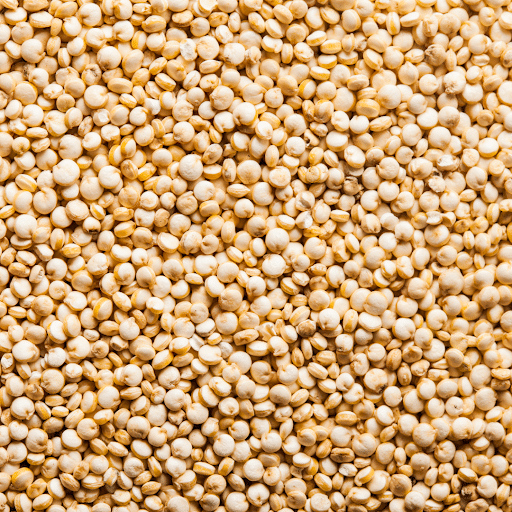
What is Quinoa?
Quinoa is often celebrated as a “superfood” in the healthy living world. Essentially, it is the seed of the quinoa plant, originating from the Andes Mountains in South America. It has been a staple there for thousands of years. Often mistaken for a grain, quinoa is actually a seed from the Chenopodium quinoa plant, which is related to spinach and beets.
It’s celebrated for its nutritional composition, offering a complete source of protein. Put simply this means that quinoa contains all nine essential amino acids. Additionally, quinoa is gluten-free, high in fiber and antioxidants, and has a low glycemic index, making it a popular choice for various health-conscious diets.
What is Couscous?
Couscous is a small pasta made from semolina wheat flour, commonly found in North African and Mediterranean cuisines. It’s produced by mixing semolina flour with water to form small granules that are then steamed.
Couscous is cherished for its ability to cook very quickly and its versatility in dishes ranging from salads to hearty stews. While it resembles grains in both use and appearance, couscous is actually a type of pasta. It provides a good source of carbohydrates and a modest amount of protein, though it lacks the complete protein profile and fiber content of quinoa.
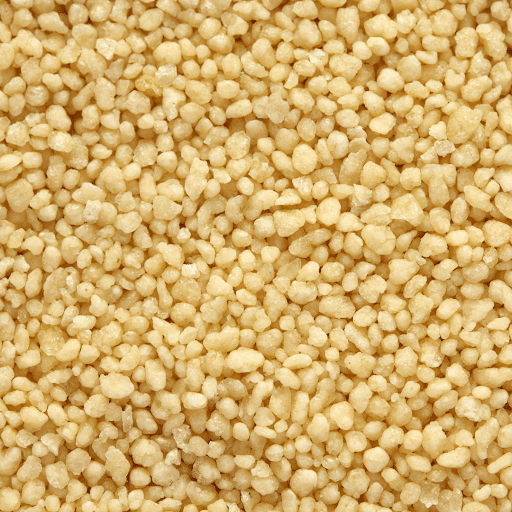
Nutritional Comparison of Couscous and Quinoa
Quinoa and couscous differ significantly in their nutritional profiles, making them suitable for varying dietary needs:
- Protein: Quinoa is a complete protein, containing all nine essential amino acids. It provides about 8 grams of protein per cup, making it a superior choice for vegetarians and vegans.
- Fiber: Quinoa contains more fiber, with about 5 grams per cup, compared to couscous’s 2 grams. This makes quinoa a great source of fiber, beneficial for digestive health and helpful in maintaining blood sugar levels.
- Vitamins and Minerals: Quinoa boasts a range of antioxidants and nutrients such as magnesium and iron, enhancing its health benefits, including potentially reducing cancer risk.
Here’s a bulleted list to compare their nutritional content per 100-gram serving:
- Calories: Quinoa – 120, Couscous – 112
- Protein Content: Quinoa – 4g, Couscous – 3.8g
- Grams of Fiber: Quinoa – 2.8g, Couscous – 1g
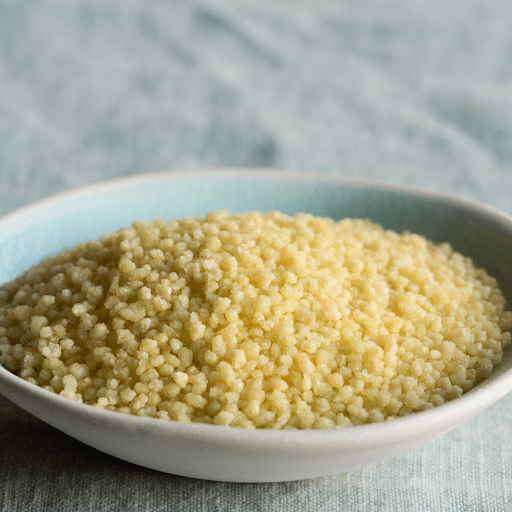
Culinary Uses
Both foods are versatile in the kitchen. Here are some delicious ways to use each:
Quinoa:
- Stuffed Peppers: Use cooked quinoa as a filling for bell peppers, mixed with chopped vegetables, spices, and a protein source like ground turkey or beef for a balanced meal.
- Soups and Stews: Add quinoa to soups and stews for extra filler and nutrition. It absorbs flavors well and makes for a heartier dish.
- Quinoa Pilaf: Sauté quinoa with onions, garlic, and herbs before cooking in broth for a flavorful pilaf. Mix in dried fruits and nuts for added texture and taste.
- Energy Bars: Combine cooked quinoa with oats, nuts, seeds, and bind together with honey or peanut butter to make homemade energy bars.
- Breakfast Cereal: Use cooked quinoa as a healthy breakfast option with milk or almond milk and sweeteners like honey.
- Salads: Quinoa is great for added texture and nutritional value, or mixed with black beans and corn for a South American-inspired dish.
Couscous:
- Mediterranean Salad: Mix couscous with diced cucumbers, tomatoes, red onion, feta cheese, and olives. Toss with lemon juice and olive oil for a refreshing Mediterranean salad.
- Couscous with Roasted Vegetables: Serve couscous alongside roasted vegetables like zucchini, bell peppers, and eggplant for a simple and healthy meal.
- Desserts: Sweeten couscous with honey and cinnamon. Top with almonds and dried fruits for a healthier-for-you dessert.
- Tabbouleh: Use couscous instead of bulgur wheat to make a quick and easy version of this traditional Lebanese parsley salad.
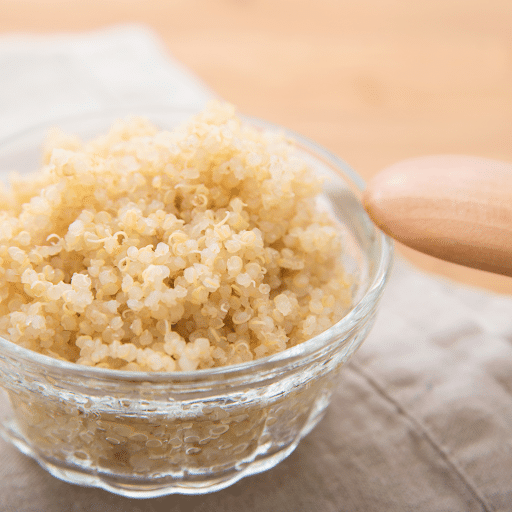
Cooking Methods
Cooking quinoa involves rinsing the seeds to remove their natural coating to avoid bitterness, then cooking in about two cups of water or broth per cup of quinoa on low heat until the water is absorbed.
Couscous needs just to be covered in boiling water and allowed to sit off the heat until it absorbs the water, making it one of the more popular instant varieties of small pasta.
Dietary Considerations for Quinoa and Couscous
Quinoa is particularly beneficial for those with specific dietary needs. Being naturally gluten-free, it is an excellent food choice for individuals with celiac disease or gluten sensitivity. Quinoa is a safe and healthy alternative to grains like wheat, barley, and rye, which contain gluten.
Additionally, quinoa has a low glycemic index (GI), meaning it causes a slower increase in blood sugar levels. This makes it a good option for people managing diabetes, as it helps in maintaining steady blood sugar levels. Furthermore, quinoa is packed with vitamins and minerals, making it a nutritious choice for those looking to enhance their overall diet.
Couscous, however, contains gluten since it is made from semolina flour derived from durum wheat. This makes it unsuitable for those with celiac disease or gluten sensitivity. Despite this, couscous offers its own advantages, particularly as a source of quick-release energy due to its high carbohydrate content.
Couscous is a popular choice among athletes and those involved in high-energy activities. Couscous is also very easy to prepare, making it a convenient staple for busy individuals seeking a nutritious side dish that complements a variety of proteins and vegetables.
However, those with insulin resistance or trying to manage their blood sugar levels might need to consume it in moderation due to its potential to spike blood glucose levels.
While both quinoa and couscous have their place in the kitchen, their suitability can vary greatly depending on individual dietary restrictions and health goals. Quinoa offers a more inclusive option for diverse dietary needs, including for those on a gluten-free diet or managing blood sugar levels, whereas couscous is best suited for those without gluten restrictions and in need of a quick, energy-boosting carbohydrate.
FAQ About Couscous and Quinoa
Q: Can I use couscous as a substitute for rice in recipes?
A: Absolutely, couscous can replace white rice or brown rice in many dishes, offering a different texture and faster cooking time.
Q: Is quinoa better for weight loss than couscous?
A: Quinoa may be more suitable for weight loss due to its higher fiber content and protein, which can help keep you fuller for longer.
Q: How does the preparation of pearl couscous differ from regular couscous?
A: Pearl couscous, being larger, requires a longer cooking time and is often prepared more like pasta, being boiled in water or broth until tender.
Q: What are some favorite ways to enhance the flavor of quinoa?
A: Cooking quinoa in chicken or vegetable broth instead of water and adding a mix of herbs or ground flaxseed can significantly enhance quinoa’s flavor.
So, which one are you cooking with tonight: couscous or quinoa?

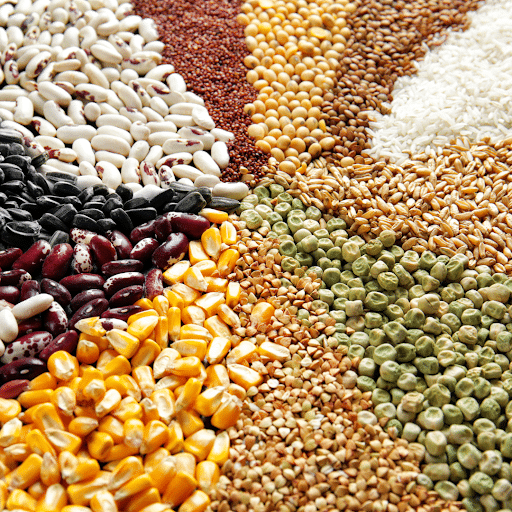





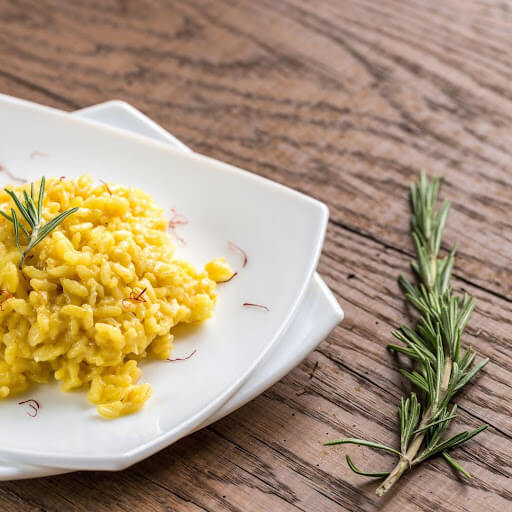
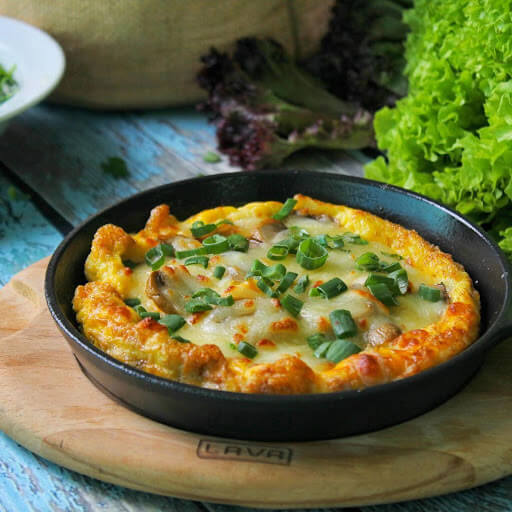


One Response
Does couscous spoil if left in a jar for several months?